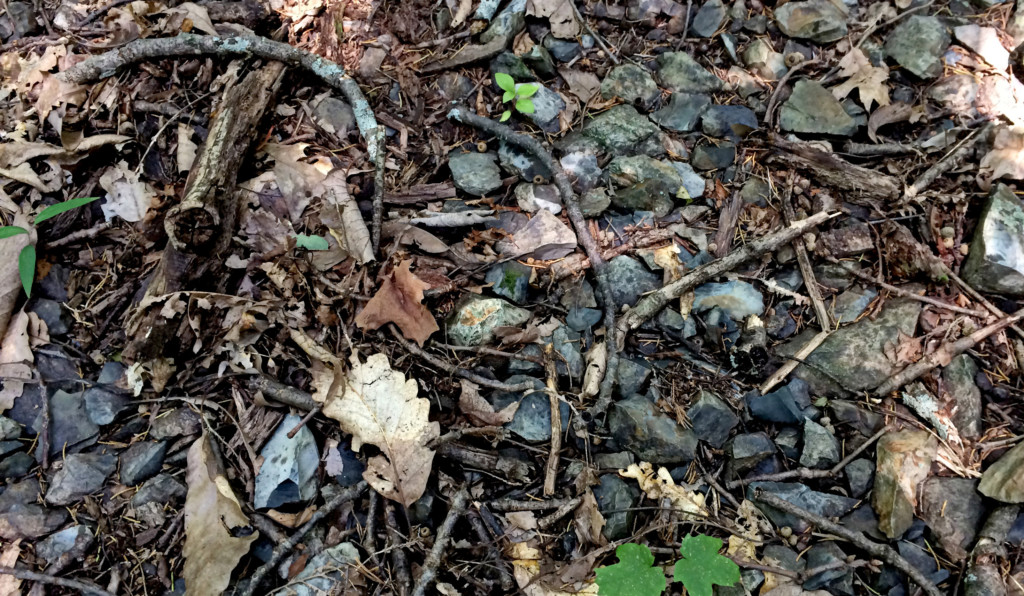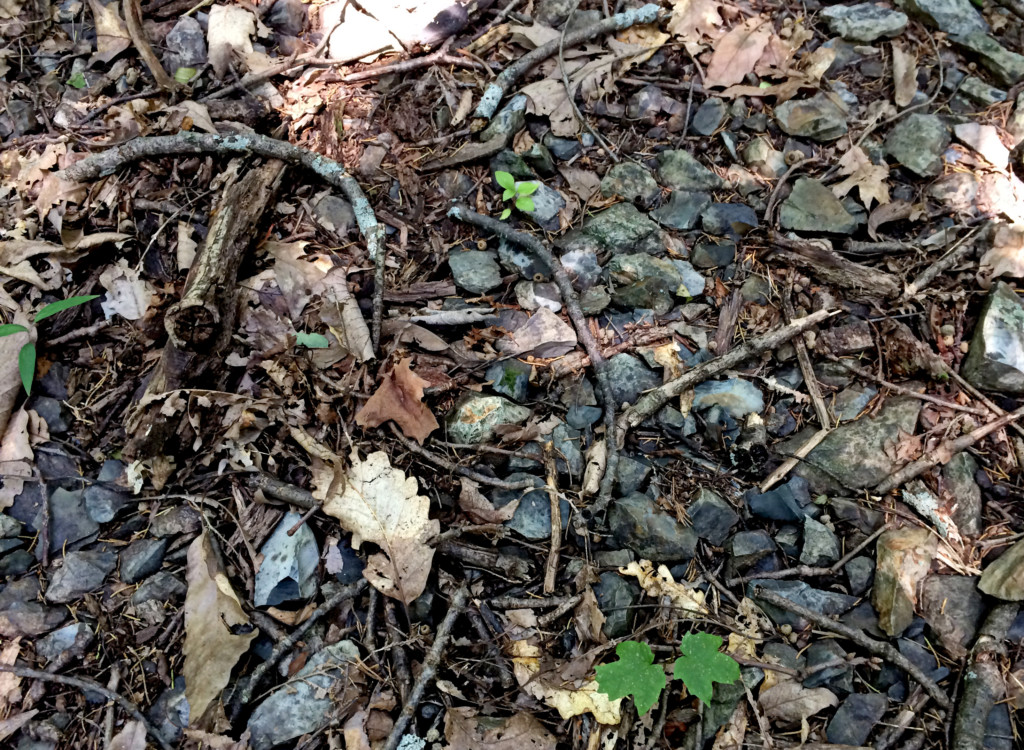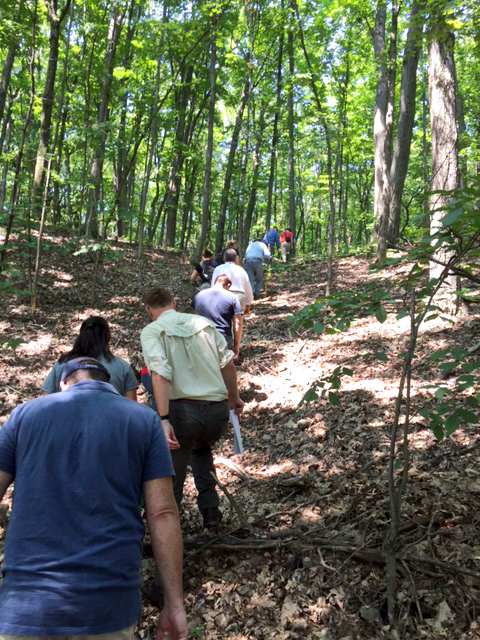
FOR IMMEDIATE RELEASE: November 12, 2021
Media Contract:
Kelley Berliner, Eastern Regional Director
(301) 682-6359 | tac.eastern@gmail.com
Frederick, Maryland | After years of negotiations between multiple parties, the Archaeological Conservancy is pleased to announce the acquisition of the Flint Mine Hill archaeological site located in Coxsackie, New York. Acquisition of the site was connected to the approval of a large solar development taking place in the Hudson Valley.
The Flint Mine Hill site is located on the top of a large hill consisting of Normanskill shale and chert and contains evidence of prehistoric quarrying activity dating from the Paleoindian through Woodland periods. The site was listed on the National Register in 1978 as part of the Flint Mine Hill Archaeological District. It was first documented by William Beauchamp of the New York State Museum as early as 1900, and it was certainly known by locals who collected artifacts from the fields surrounding the site. Some of these individuals showed their collections to staff at the New York State Museum, prompting a formal investigation of the site by State Archaeologist Arthur Parker in 1924. Parker reported numerous quarry pits and large dumps of quarry refuse and lithic debris remain that could be measured in “hundreds of train loads.”
The Conservancy was interested in acquiring the site for years but was unsuccessful. This situation changed when a large solar development project was proposed for the area surrounding the site. The Flint Mine Solar Project, which is headed by Flint Mine Solar, LLC, came forward with a plan to acquire or lease over 1,700 acres in the valley to develop a solar facility that would generate electricity to power 21,000 homes in the county annually. Under guidance from the State Historic Preservation Office, as part of its proposed mitigation plan to offset the project’s impact on archaeological resources, Flint Mine Solar, LLC purchased the property containing the Flint Mine Hill site from its owner, the Long Island Chapter of the New York State Archaeological Association, and donated it to the Conservancy to protect it in perpetuity.
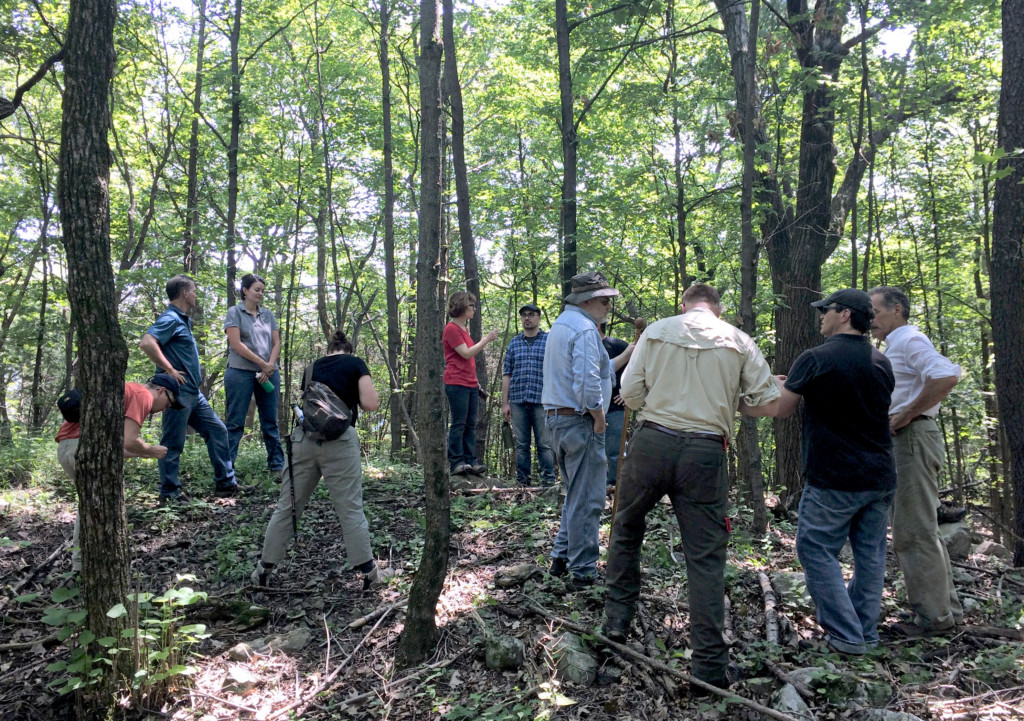
Kelley Berliner, the Conservancy’s Eastern Regional Director stated, “The Conservancy is very pleased to ensure the long-term preservation of this important site, and I hope that this preservation-minded approach to mitigation can serve as a model for future development projects in the area.”
Preservation of the Flint Mine Hill site will contribute to public knowledge about the site’s significance and the importance of cultural resource preservation. The preserve will be maintained as an open-space research preserve and protected against any future development.
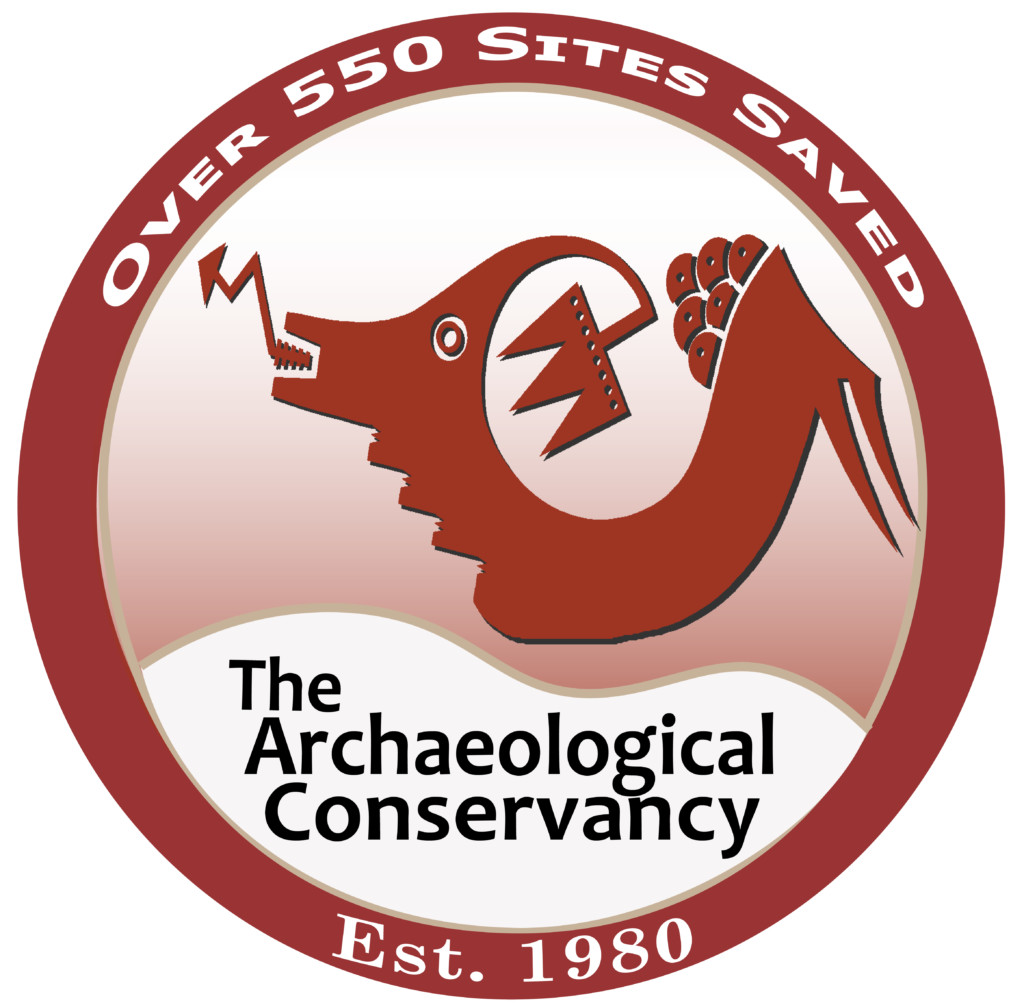
About the Archaeological Conservancy
The Archaeological Conservancy, established in 1980, is the only national non-profit organization dedicated to acquiring and preserving the best of our nation’s remaining archaeological sites. Based in Albuquerque, New Mexico, the Conservancy also operates regional offices in Mississippi, Maryland, Wisconsin, and Nevada. The Conservancy has preserved over 555 sites across the nation. More information can be found at www.archaeologicalconservancy.org.


